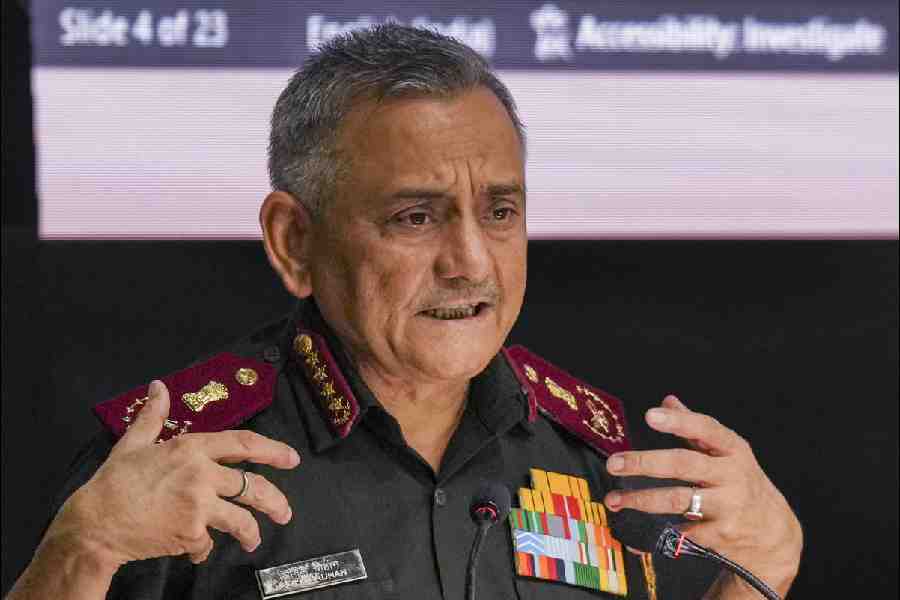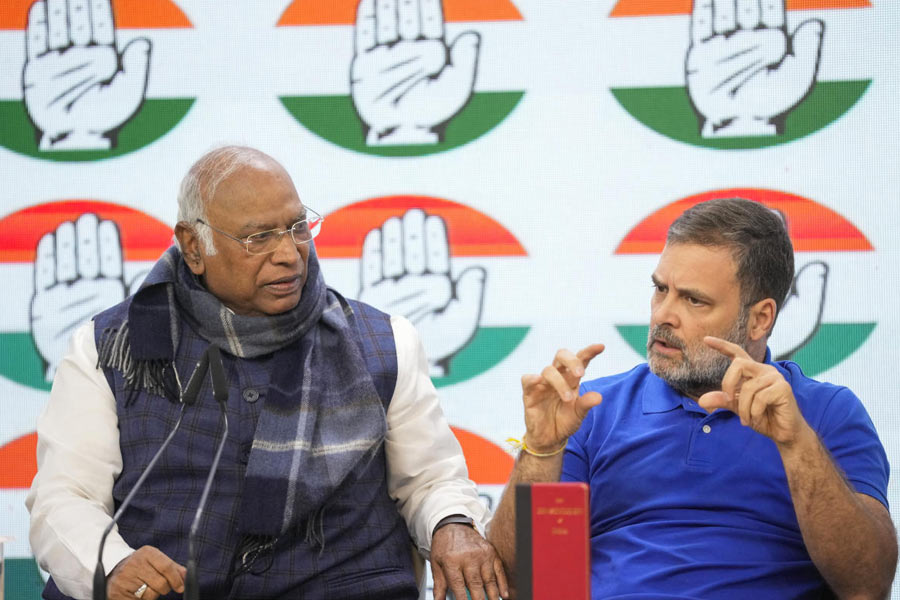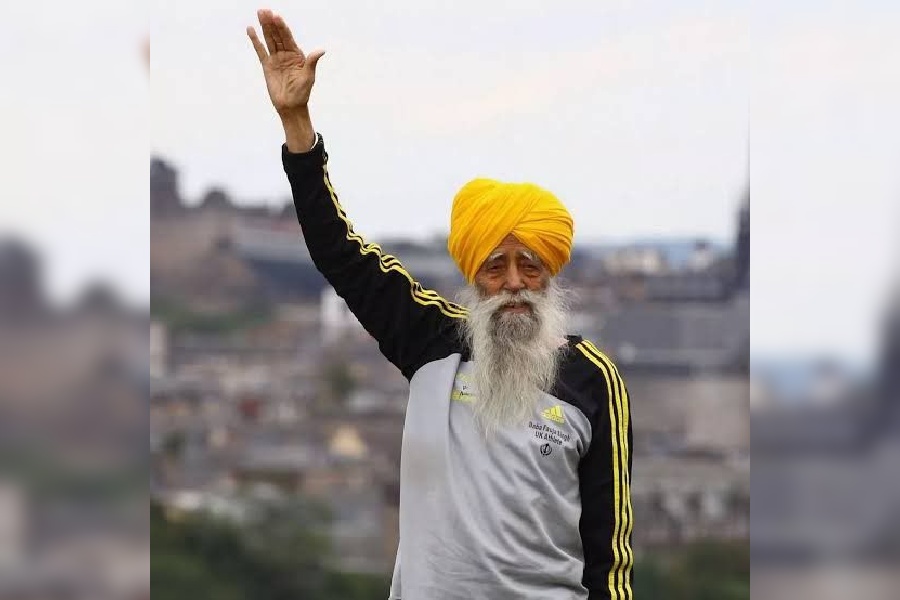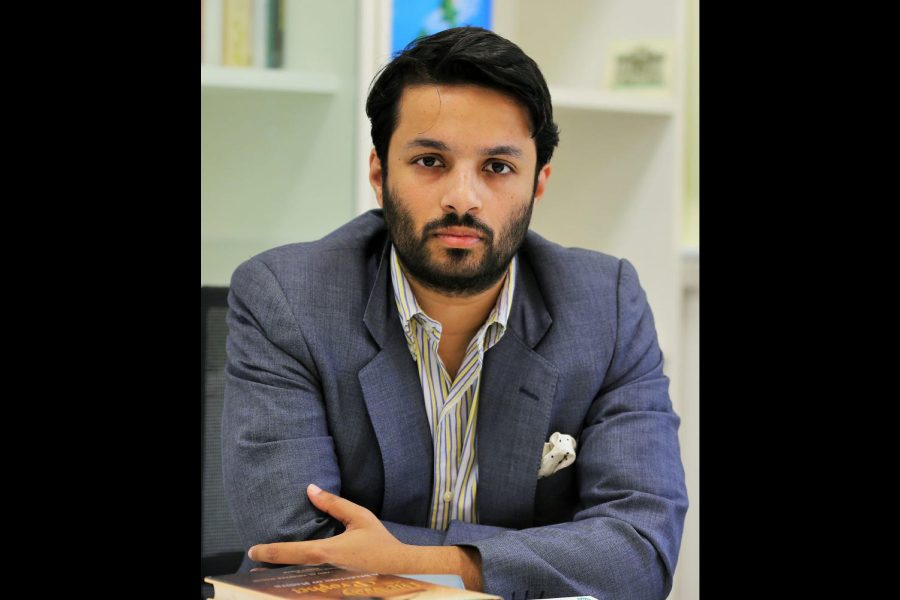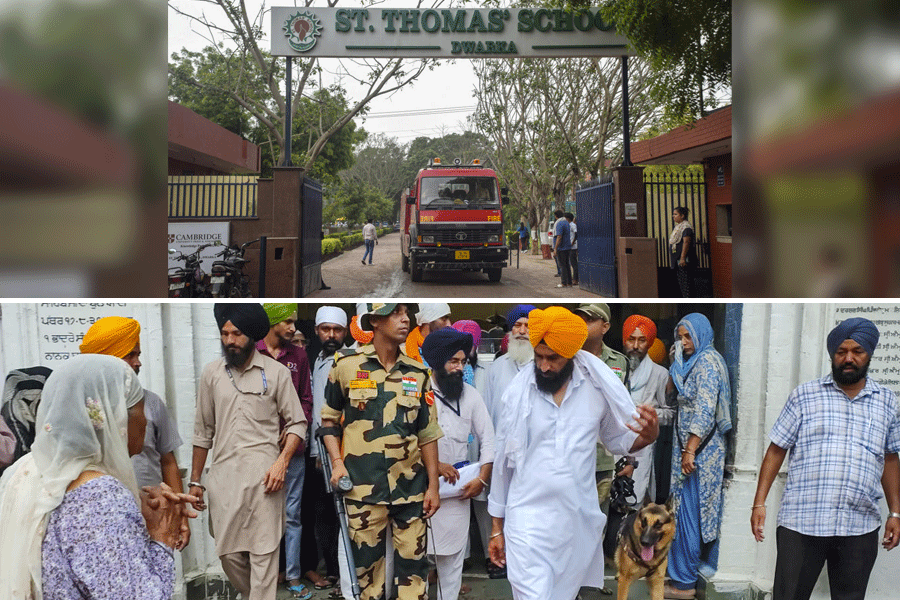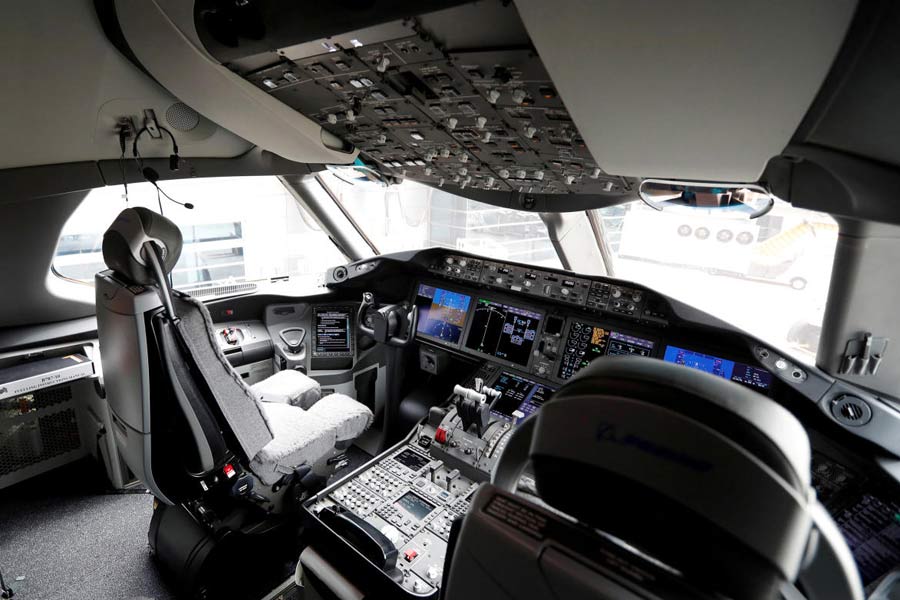 |
 |
 |
| MEDICAL MARVEL: (From top) Sir Ganga Ram Hospital; inside the state-of-the- art hospital; one of the many student protests at AIIMS |
Over the New Year, when Congress party president Sonia Gandhi was admitted to the Sir Ganga Ram Hospital in Delhi complaining of breathing problems, several city doctors couldn’t help but notice a shift in the medical loyalties of the capital’s Who’s Who. For long a hub of politicians and bureaucrats, it appears that the All India Institute of Medical Sciences (AIIMS) can no longer claim the numero uno tag amidst hospitals in Delhi.
For decades, AIIMS was considered the first choice for high-profile patients. But in recent times, it appears to have given way to Ganga Ram, situated 3-4 km from the heart of the capital’s central business district. Sonia Gandhi was only the latest in a string of very important patients at the hospital. Others who recently headed for the hospital include former Planning Commission member N.K. Singh, senior Congress leader and Rajya Sabha member R.K. Dhawan, former Bihar Governor Buta Singh and Panchayati Raj minister Mani Shankar Aiyar. The late president K.R. Narayanan and his wife Usha were also treated at Ganga Ram.
So just what happened to AIIMS? Or what transformed Ganga Ram? The private hospital, with an annual turnover of Rs 150 crore-Rs 200 crore, has 650 beds — out of which 120 are for the “poorest of the poor”. So the crème-de-la-crème has to often wait for 15 to 20 days before getting a room. But many would rather do that than go elsewhere. Ganga Ram’s USP, says gastroenterologist S.K. Sama, former chairman and current member of the board of trustees of the hospital, is that it “caters to the richest and the poorest at the same time.” Moreover, the institution is able to do something that’s the envy of other hospitals: retain good doctors.
“It aids doctors in getting a high amount of personal satisfaction. Plus, we have a cutting-edge research programme as well,” says Sama. “The result is tremendous professional self-satisfaction,’’ adds the current chairman, Dr B.K. Rao.
And a happy staff means satisfied patients. “Offhand, I can say that only about five doctors in the last 25 years have left the hospital,” says Dr Rao, who has spent close to three decades at the hospital. “You’ll find doctors here abreast of all the changes and developments in the medical profession,” he says.
Ganga Ram, some say, is a doctors’ hospital, mainly because it is managed by doctors themselves. Doctors at the government-run AIIMS or the Ram Manohar Lohia (RML) hospital, on the other hand, face pressure from politicians and bureaucrats. “Our research and medical work aren’t motivated by forces from outside. Unlike other hospitals where corporate managers impose targets to be achieved in terms of operations and surgeries, there is no pressure like that here. Doctors can work with no one breathing down their backs to fill up numbers,” says Rao.
|
AIIMS, in contrast, has been embroiled in an ugly and public battle between its director and health minister A. Ramadoss for several years now. And politics and low salaries have led to an exodus of senior staff. Indeed, in 2006 the Delhi High Court asked the central government and AIIMS to submit a report to it on the exodus.
RML, too, faces problems in the running of the hospital, for bureaucrats can often be obstructive when it comes to grants, says Dr Deepak Natarajan, who headed the cardiology department at RML and is now a senior cardiologist at Indraprastha Apollo Hospital.
Dr Sama, once personal physician to K.R. Narayanan, feels that patients tend to go to the same doctors when the latter switch hospitals. For instance, when a group of high-profile doctors moved from AIIMS to Ganga Ram in the Seventies, quite a few patients moved with them.
Says senior Congress politician R.K. Dhawan, “I’ve known most of the doctors in Ganga Ram Hospital for ages. They are at the forefront of their profession. People like Dr S.K. Sama are widely respected in their fields.” As for the shift in medical loyalties — if any — from AIIMS to Ganga Ram, he is point blank. “You go to the doctor who has known you. Many doctors have gone from AIIMS to Ganga Ram, so it’s natural their patients tag along.”
Some politicians, of course, continue to throng AIIMS. Last year, Prime Minister Manmohan Singh was in AIIMS for surgery. Atal Bihari Vajpayee had his knees operated upon at AIIMS when he was Prime Minister. “We still have a lot of famous patients, but you don’t hear about them,” says Dr Y.K. Gupta, a senior pharmacologist at AIIMS and its public relations manager. “Not everything has to make news. Privacy of patients is critical,” he says.
Doctors might be going out of public hospitals like AIIMS, but “patients definitely are not,” avers Dr K. Srinath Reddy, professor of cardiology at AIIMS and president of the Public Health Foundation of India. “And that’s because of the quality of medical care they get. Besides, most doctors who left AIIMS were already close to retirement. Also, a number of them technically remain with the institution, while they are out on deputation for long periods.”
As far as retaining young, talented doctors goes, Reddy is bullish. “We still get the best graduate and postgraduate students who stay with us simply because of the dedicated experts grooming them.” AIIMS has a number of positives that far outw- eigh its perceived negatives, he feels. “The quality of our resident staff is the best. As a senior doctor I must feel that the junior doctor under whose care I leave my current patients will be able to handle them. That is not the case with many private hospitals.”
However, an AIIMS insider says that over the last 10 years the hospital has lost around 30 doctors out of a rough total of 550, prompting patients to move as well. Buta Singh says he decided to go to Ganga Ram because he had heard good reports of treatment, and of the privacy granted to patients. And when he saw other politicians, including Sonia Gandhi and R.K. Dhawan, opting for Ganga Ram, he decided to do so too.
“I wanted only some of my close family members and colleagues to have access to me while I recovered, and I got it at Ganga Ram,” says Buta Singh who had a cardiac problem. “We have a very rigid policy regarding media access, and respect our patient’s rights to the ‘T’,” adds Rao. “We have a good number of well-known figures coming to the hospital, but we won’t disclose the names.”
However, Rao feels that Ganga Ram still has a lot to do. “We have everything under one roof, but are in dire need of expansion. In the next few years, we plan to expand to twice our size. And we need an additional five lakh square feet area. If all goes smoothly, we should be able to meet that target,” he says confidently.
Is Dr Ramadoss listening?


